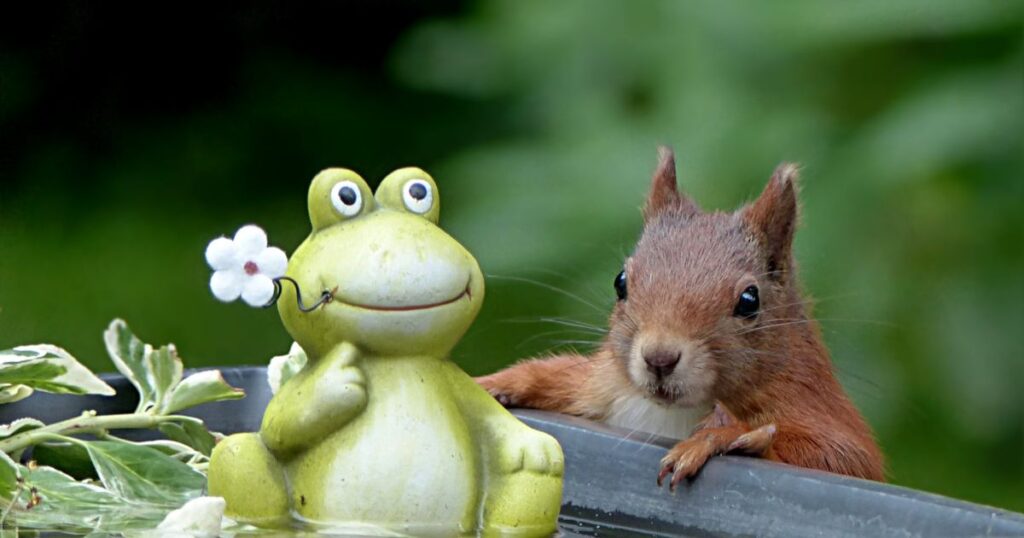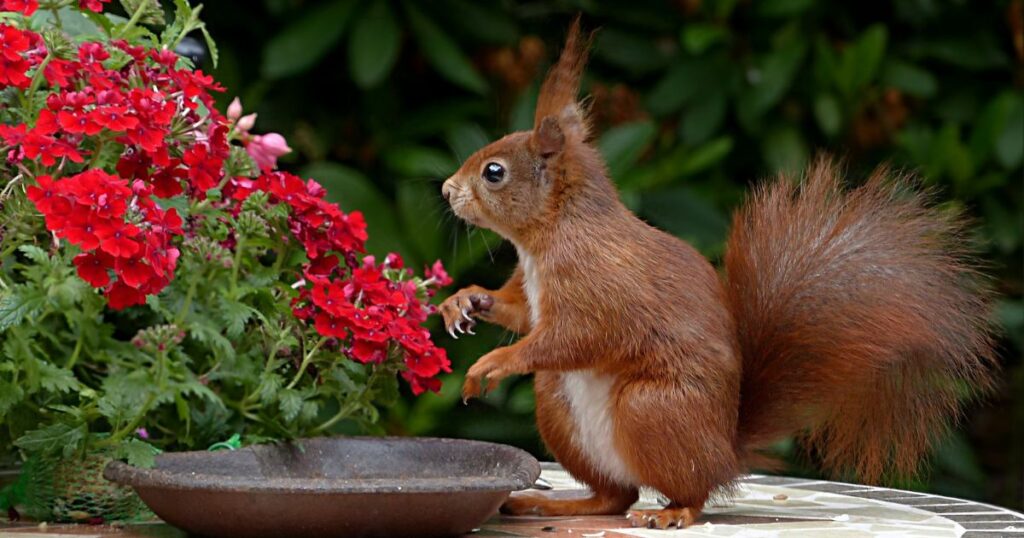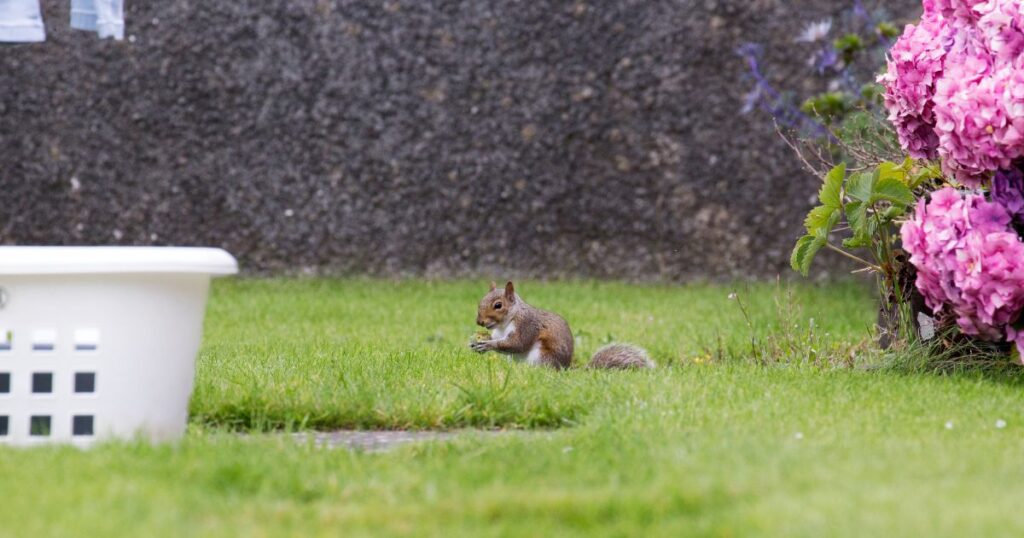Squirrels can be charming creatures, but their antics can quickly turn destructive when they invade your garden. Effective squirrel removal for gardeners is crucial to protect your plants and ensure a thriving garden. You may find squirrels dig up your bulbs, nibble on your vegetables, or disrupt your carefully planned landscaping.
To address this issue, it’s important to understand squirrels’ behaviors and habits. By identifying their entry points and habits, you can safely implement strategies to deter or remove them. Simple solutions, such as physical barriers and natural repellents, can make a significant difference in reclaiming your garden from these furry intruders.
Your garden is beautiful and productive, and protecting it should be a priority. With the right approach to squirrel removal, you can minimize damage and enjoy your outdoor space without worry.
Understanding Squirrel Behavior
Recognizing how squirrels act and where they thrive can aid in effective squirrel removal for gardeners. Knowing their behavior is crucial for preventing damage to your plants and garden.
Identifying Signs of Squirrel Activity
To manage squirrels, first look for clear signs of their presence. Common indicators include chewed plant stems, torn-up bulbs, and nibbled fruits or nuts.
You might also observe small paw prints around the garden beds, especially in soft soil or muddy areas. Squirrels leave these traces while digging for buried food. Additionally, mulch or plant debris disturbances can suggest squirrels are foraging.
Listen for their chattering sounds and observe their repetitive movements as they scurry around. These behaviors can help you identify if squirrels are frequent visitors and where they might be causing trouble.
Squirrel Habitats and Life Cycle
Squirrels typically inhabit areas with ample food sources and shelter, often nesting in trees or shrubs. They prefer places that provide safety from predators and harsh weather. Familiar locations include hollow tree trunks and even attics if they can gain access.
A female squirrel usually gives birth to one to five kits twice a year, during early spring and late summer. The young remain in the nest for about 10 weeks, when the mother is busy foraging for food.
The garden can become a target during this period as the mother seeks easy food sources for her growing kits. Understanding their life cycle can help you time your squirrel removal efforts effectively, minimizing damages while ensuring animal safety.
Preventive Measures and Plant Protection

Effective strategies are essential for protecting your plants from squirrels in Flower Mound. Implementing the right preventive measures can minimize the risk of squirrel damage to crops and garden plants.
Choosing Squirrel-Resistant Plants
Selecting the right plants can significantly deter squirrels. Consider incorporating species known for their low appeal to these animals. Examples include:
- Marigolds: Their strong scent often repels squirrels.
- Lavender: Another aromatic plant that is generally unappealing to them.
- Narcissus (Daffodils): These contain toxins that deter squirrels.
Planting these varieties can help create a garden environment that is less attractive to squirrels, reducing the likelihood of crop damage. Additionally, grouping these squirrel-resistant plants can serve as a buffer zone around more vulnerable plants.
Physical Barriers and Repellents
Implementing physical barriers is an effective way to keep squirrels away from garden plants. Ideas include:
- Cages or Fencing: Enclosing vulnerable plants with wire mesh can prevent access. Ensure the openings are small enough to deter entry.
- Netting: Covering crops with garden netting protects while allowing sunlight and moisture.
You can also use natural repellents, like cayenne pepper or garlic spray, at the base of plants to create an unwelcoming environment. Regularly reapplying these substances after rain can enhance their effectiveness.
Cultural Practices to Deter Squirrels
Adopting specific cultural practices can further deter squirrels from your garden. Keep your garden clean by promptly removing fallen fruit, nuts, or debris that attracts them.
Consider rotating your crops to minimize the chances of squirrels locating a consistent food source. Additionally, watering plants in the morning reduces the chance of residual moisture attracting pests and other wildlife.
Companion planting can also help; for example, growing plants that attract predators of squirrels alongside your crops can create a natural balance. This method can help keep your garden healthy and less appealing to unwanted visitors.
Humane Squirrel Removal Techniques

When dealing with squirrels in your garden, it’s essential to use humane methods that minimize harm. Two effective approaches include live trapping and relocation, as well as utilizing natural predators and biological controls.
Live Trapping and Relocation
Live trapping is a popular method for humane squirrel removal. It involves setting traps that catch the squirrel without harming it. Place traps where you notice squirrel activity, such as near nests or feeding sites.
Use sunflower seeds or peanut butter bait to attract squirrels into the trap. Check traps frequently, as leaving a squirrel trapped for too long can cause stress.
Once captured, it’s crucial to relocate the squirrel several miles away from your property to prevent its return. Ensure you adhere to local wildlife regulations regarding trapping and relocation.
Employing this method not only effectively removes squirrels for garden protection but also helps maintain harmony in nature. Consult experts, such as Critter Stop, at (214) 234-2616, who offer free inspection and quality services.
Natural Predators and Biological Controls
Leveraging natural predators is another humane strategy to deter squirrels. Introducing birds of prey, such as hawks or owls, can create a natural balance in your garden ecosystem.
You can also enhance the habitat for these predators by installing nesting boxes. This encourages their presence, which can naturally reduce the squirrel population.
Additionally, utilizing biological controls like planting specific plants that deter squirrels can be effective. Herbs such as mint or strong-smelling flowers can make your garden less appealing to them.
These methods support squirrel damage prevention for crops while fostering an environment where wildlife thrives. For further assistance, consider contacting Critter Stop, a well-reviewed company with excellent customer service.






